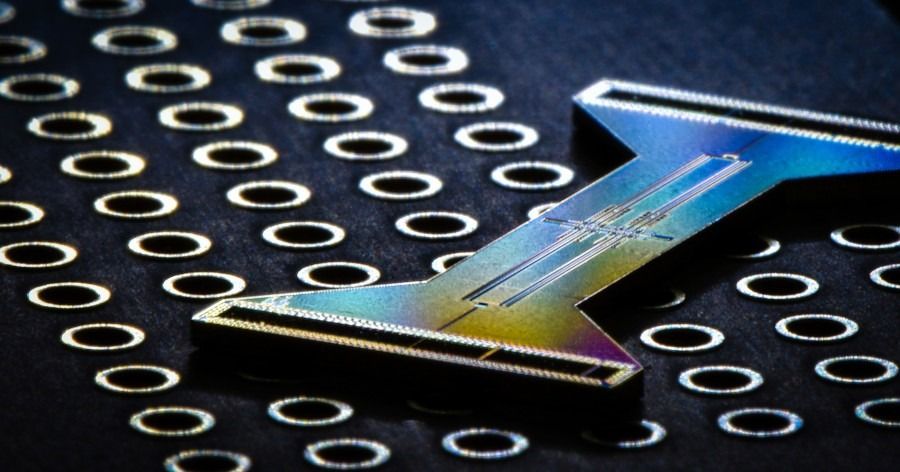AMD’s source code for its Navia and ‘Arden’ Xbox Series X GPUs was posted to Github.



What is interaction, and when does it occur? Intuition suggests that the necessary condition for the interaction of independently created particles is their direct touch or contact through physical force carriers. In quantum mechanics, the result of the interaction is entanglement—the appearance of non-classical correlations in the system. It seems that quantum theory allows entanglement of independent particles without any contact. The fundamental identity of particles of the same kind is responsible for this phenomenon.
Quantum mechanics is currently the best and most accurate theory used by physicists to describe the world around us. Its characteristic feature, however, is the abstract mathematical language of quantum mechanics, notoriously leading to serious interpretational problems. The view of reality proposed by this theory is still a subject of scientific dispute that, over time, is only becoming hotter and more interesting. New research motivation and intriguing questions are brought forth by a fresh perspective resulting from the standpoint of quantum information and the enormous progress of experimental techniques. These allow verification of the conclusions drawn from subtle thought experiments directly related to the problem of interpretation. Moreover, researchers are now making enormous progress in the field of quantum communication and quantum computer technology, which significantly draws on non-classical resources offered by quantum mechanics.
Pawel Blasiak from the Institute of Nuclear Physics of the Polish Academy of Sciences in Krakow and Marcin Markiewicz from the University of Gdansk focus on analyzing widely accepted paradigms and theoretical concepts regarding the basics and interpretation of quantum mechanics. The researchers are trying to determine to what extent the intuitions used to describe quantum mechanical processes are justified in a realistic view of the world. For this purpose, they try to clarify specific theoretical ideas, often functioning in the form of vague intuitions, using the language of mathematics. This approach often results in the appearance of inspiring paradoxes. Of course, the more basic the concept to which a given paradox relates, the better, because it opens up new doors to deeper understanding a given problem.
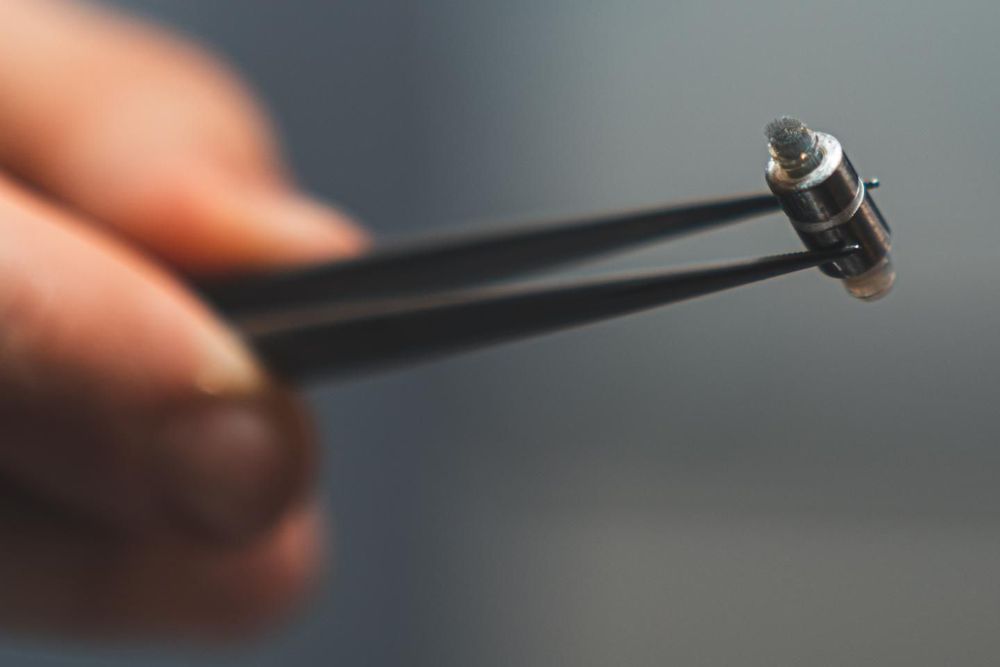
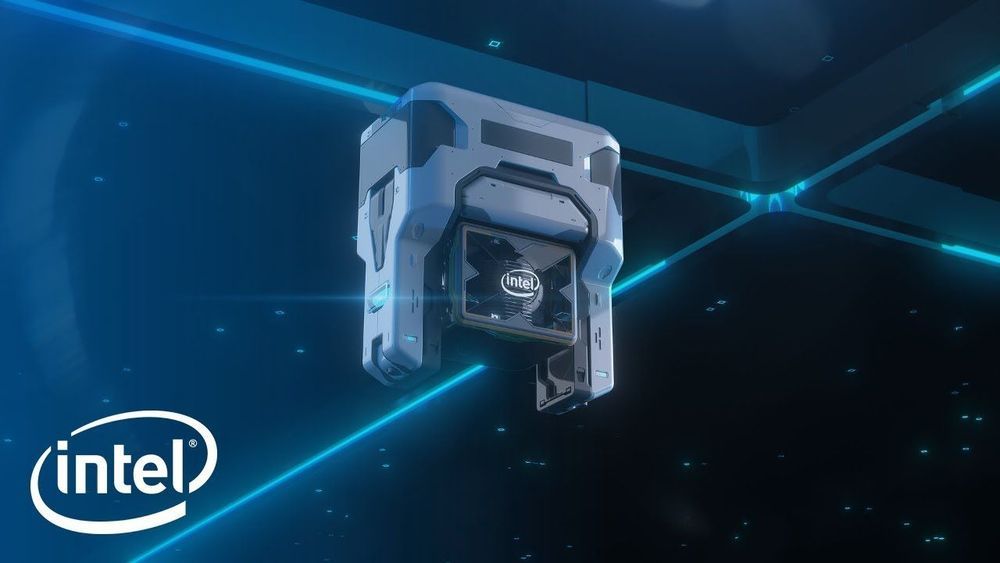
Ever wonder what’s under the hood of your favorite electronic device? The transistor is the engine that powers every Intel processor. To build a modern computer chip, our engineers place billions of these tiny switches into an area no larger than a fingernail. It’s one of mankind’s most complex feats, and it’s happening every day across Intel’s global network of chip manufacturing facilities. Check out this video to learn more about how we turn sand into the silicon chips that power the world.
Subscribe now to Intel on YouTube: http://bit.ly/1BZDtpf
About Intel:
Intel, the world leader in silicon innovation, develops technologies, products and initiatives to continually advance how people work and live. Founded in 1968 to build semiconductor memory products, Intel introduced the world’s first microprocessor in 1971. This decade, our mission is to create and extend computing technology to connect and enrich the lives of every person on earth.
Connect with Intel:
Visit Intel WEBSITE: http://intel.ly/1WXmVMe
Like Intel on FACEBOOK: http://intel.ly/1wrbYGi
Follow Intel on TWITTER: http://intel.ly/1wrbXC8
Follow Intel on INSTAGRAM: http://bit.ly/1OJuPTg
From Sand to Silicon: The Making of a Microchip | Intel
https://www.youtube.com/user/channelintel


As they increasingly log on from home, Americans are having to meld their personal technology with professional tools at unprecedented scale. For employers, the concern isn’t just about capacity, but also about workers introducing new potential vulnerabilities into their routine — whether that’s weak passwords on personal computers, poorly secured home WiFi routers, or a family member’s device passing along a computer virus.
The dramatic expansion of teleworking by US schools, businesses and government agencies in response to the coronavirus is raising fresh questions about the capacity and security of the tools many Americans use to connect to vital workplace systems and data.
At one major US agency, some officials have resorted to holding meetings on iPhone group calls because the regular conference bridges haven’t always been working, according to one federal employee. But the workaround has its limits: The group calls support only five participants at a time, the employee noted.
“Things have worked better than I anticipated, but there are lots of hiccups still,” said the employee, who spoke on condition of anonymity because he is not authorized to speak on the record.
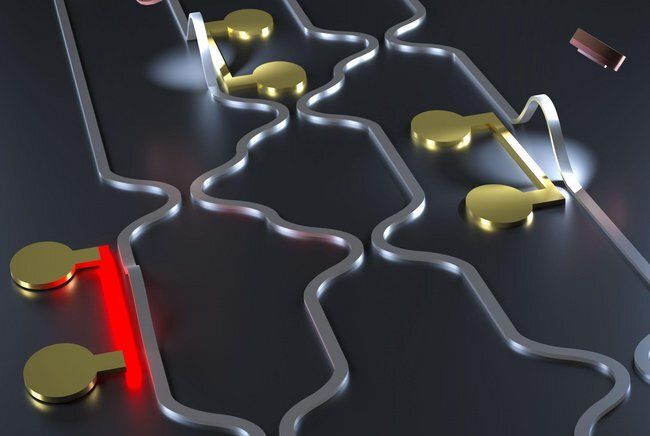
Modern society relies on technologies with electronic integrated circuits (IC) at their heart, but these may prove to be less suitable in future applications such as quantum computing and environmental sensing. Photonic integrated circuits (PICs), the light-based equivalent of electronic ICs, are an emerging technology field that can offer lower energy consumption, faster operation, and enhanced performance. However, current PIC fabrication methods lead to large variability between fabricated devices, resulting in limited yield, long delays between the conceptual idea and the working device, and lack of configurability. Researchers at Eindhoven University of Technology have devised a new process for the fabrication of PICs that addresses these critical issues, by creating novel reconfigurable PICs in the same way that the emergence of programmable logic devices transformed IC production in the 1980s.
Photonic integrated circuits (PICs) – the light-based equivalent of electronic ICs—carry signals via visible and infrared light. Optical materials with adjustable refractive index are essential for reconfigurable PICs as they allow for more accurate manipulation of light passing through the materials, leading to better PIC performance.
Current programmable PIC concepts suffer from issues such as volatility and/or high optical signal losses—both of which negatively affect a material’s ability to keep its programmed state. Using hydrogenated amorphous silicon (a-Si: H), a material used in thin-film silicon solar cells, and the associated Staebler-Wronski effect (SWE), which describes how the optical properties of a-Si: H can be changed via light exposure or heating, researchers at Eindhoven University of Technology have designed a new PIC fabrication process that addresses the shortfalls of current techniques and could lead to the emergence of universal programmable PICs.
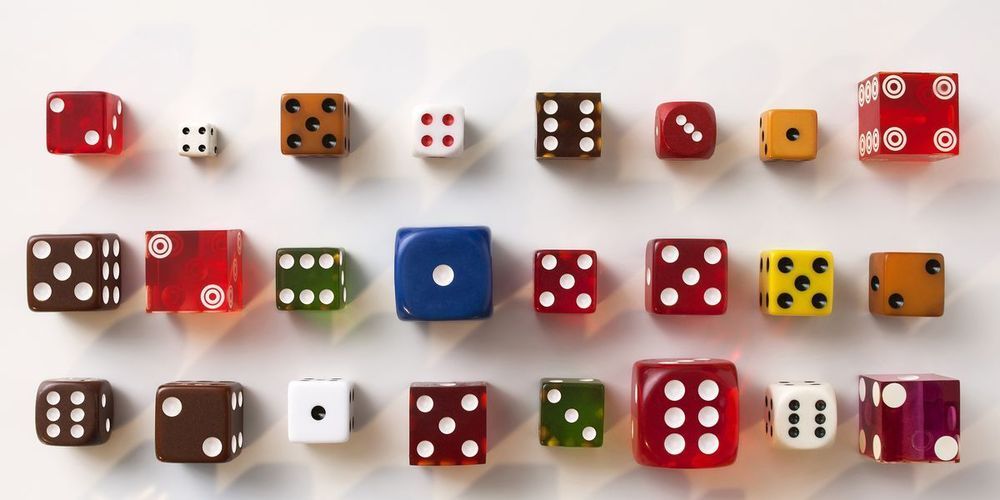
Two retired professors are sharing the mathematics version of the Nobel Prize for their lifelong contributions to the changing nature of math in the computing age. Both Hillel Furstenberg and Gregory Margulis spent decades applying ideas from probability theory to different kinds of discrete mathematics in order to shake loose new ways to solve seemingly intractable problems. The Abel Prize, awarded since just 2003, honors career mathematical accomplishments with a prize of about $700,000.
Wait—there’s not a Nobel Prize for mathematics? It’s true, and although you may have heard a lascivious story to explain why, no one really knows for sure.
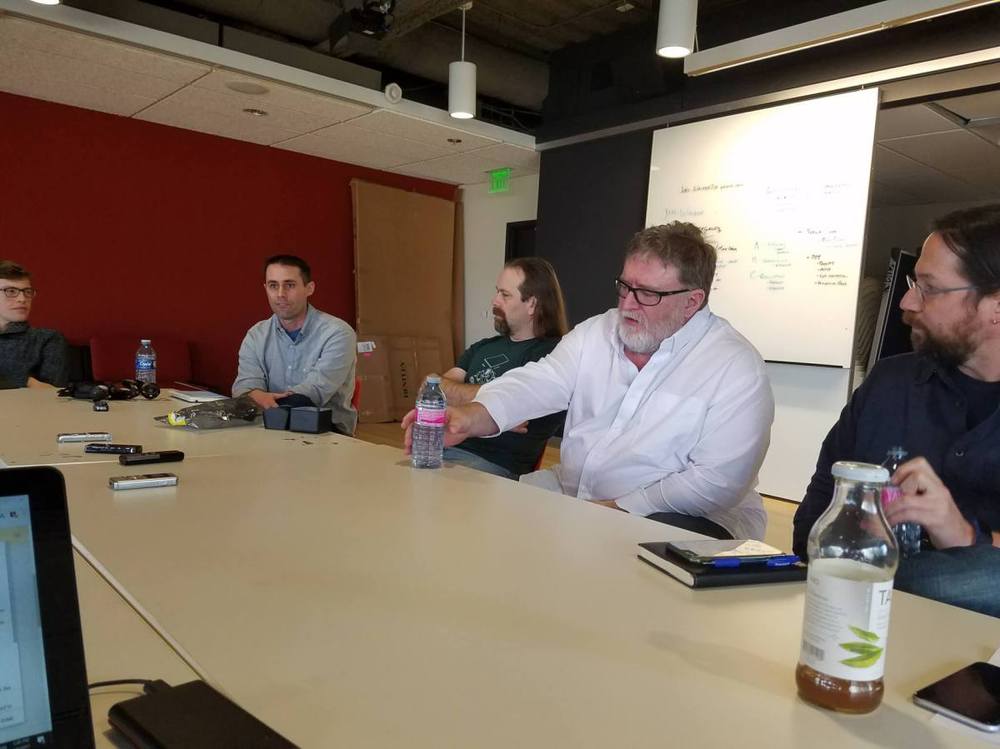
Think we’re far off from The Matrix? Gabe Newell says you should think again.
In a rare interview with IGN ahead of next week’s release of Half-Life: Alyx, Newell reasoned that more advanced forms of VR might not be too far out. “We’re way closer to The Matrix than people realize,” he stated. “It’s not going to be ‘The Matrix’, The Matrix is a movie and it misses all the interesting technical subtleties and just how weird the post-brain-computer interface world is going to be. But it’s going to have a huge impact on the kinds of experiences that we can create for people.”
